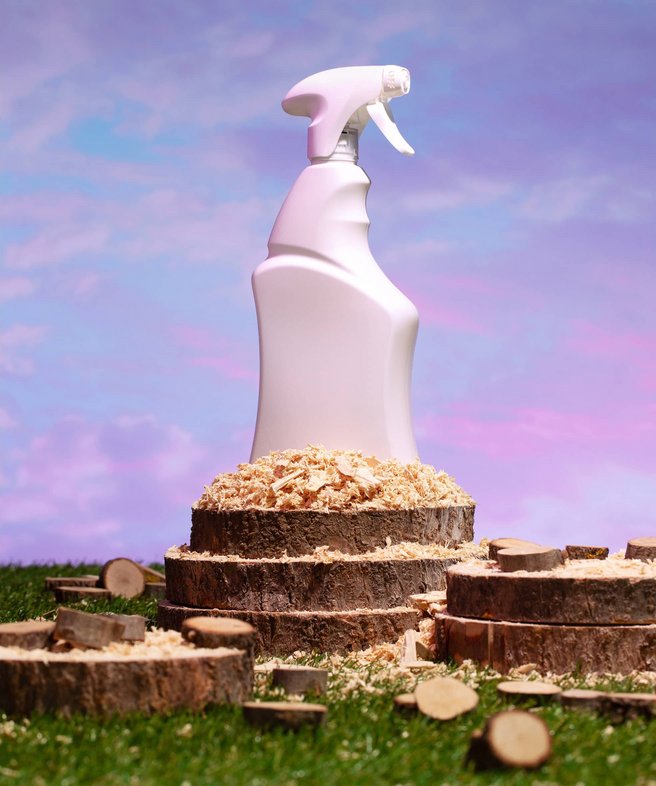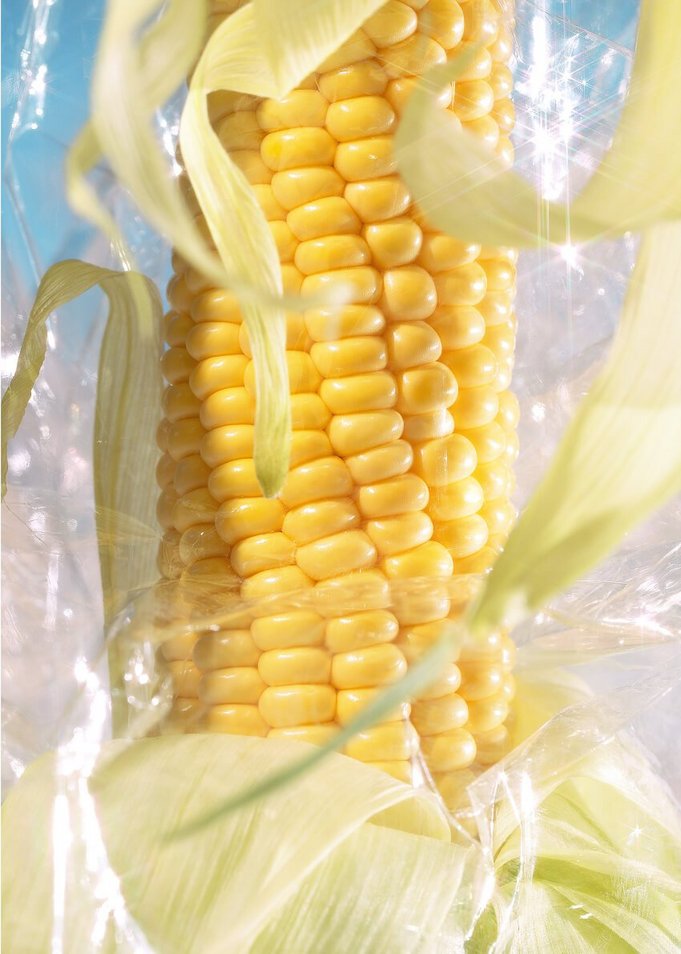THE THING ABOUT BIOPLASTICS

The battle against global CO2 emissions is at times fought fiercly and passionately, frequently making front pages and trending topics. Most recently protesters glued to the pavement or blockades on the edge of a strip mining sites or, at the political level, with premiums for electric vehicles or subsidies for solar installations.
The problematic area of plastics production often still flies under the attention radar. The lack of effort seems understandable since the industry currently accounts for only 4.5 percent of global greenhouse gas emissions. Yet while other areas are working on reducing their share, plastics production is projected to at least double by 2050, potentially even quadruple, with a corresponding rise in the industry’s emissions.
Resourceful scientists and companies are therefore searching for the appropriate solution. Bio-based plastics seem promising. In contrast to traditional plastics, these bioplastics are made not with raw materials based on mineral oil, but with renewable resources such as starch and cellulose, which in turn are derived from corn, sugar beets or wood. So, they promise reduced emissions.

“Relying on bioplastics to replace conventional plastic is not a solution in itself.”
It’s not that simple, of course, as Paul Stegmann knows. He works for the independent research organization TNO in The Hague, where he focuses on bioplastics. “Simply relying on bioplastics to replace traditional plastics isn’t a solution unto itself.” Basically, he says, we need to reduce our overall need for plastics and recycle more. The remaining demand could certainly be supplied with bioplastics. According to Stegmann, a whole range of conditions would have to be fulfilled before bio-based plastics can really make a positive contribution.
It starts with their production. After all, corn, sugar beets and even wood must be grown somewhere if they are later going to be turned into plastics. Because arable land is rare, this then competes with food production. “Ideally, of course, you look for areas that aren’t currently being used,” Stegmann says. Or one could reorganize the use of agricultural areas. “About 80 percent of this land right now is used for producing milk and meat,” Stegmann explains. Yet these products only satisfy around 20 percent of humans’ protein requirements. “This is where a reorganization could ensure more efficient use of the land.” However, this would be a major, incredibly complex undertaking.
An international certification system is needed to ensure a fair market. This will help rule out the possibility that bioplastics could be produced via overexploitation or large-scale deforestation and then compete unfairly against products that have genuinely been produced in a sustainable way. Finally, the topic of recycling must also be addressed. As Stegmann says, “The positive effects would be negated if we just discard the bio-based plastics after use and don’t keep them in the system.”